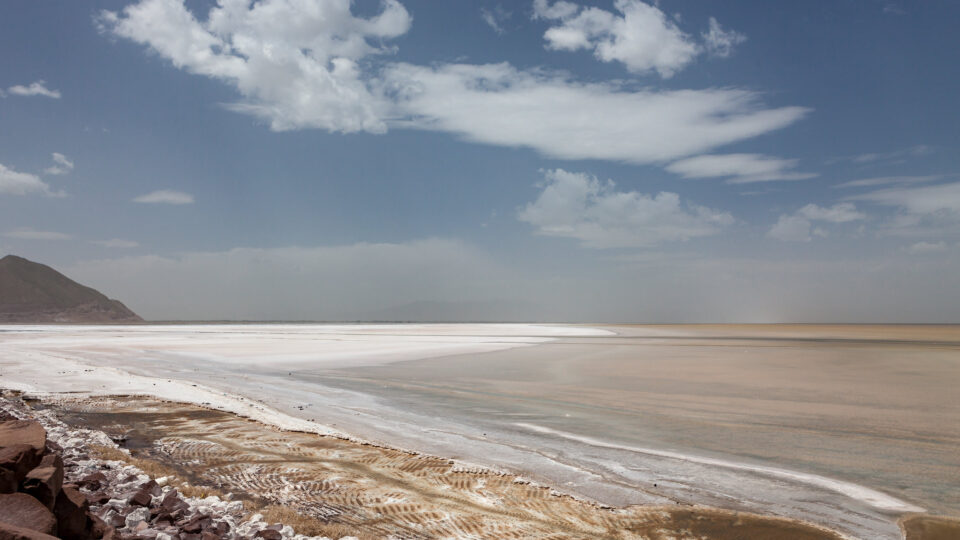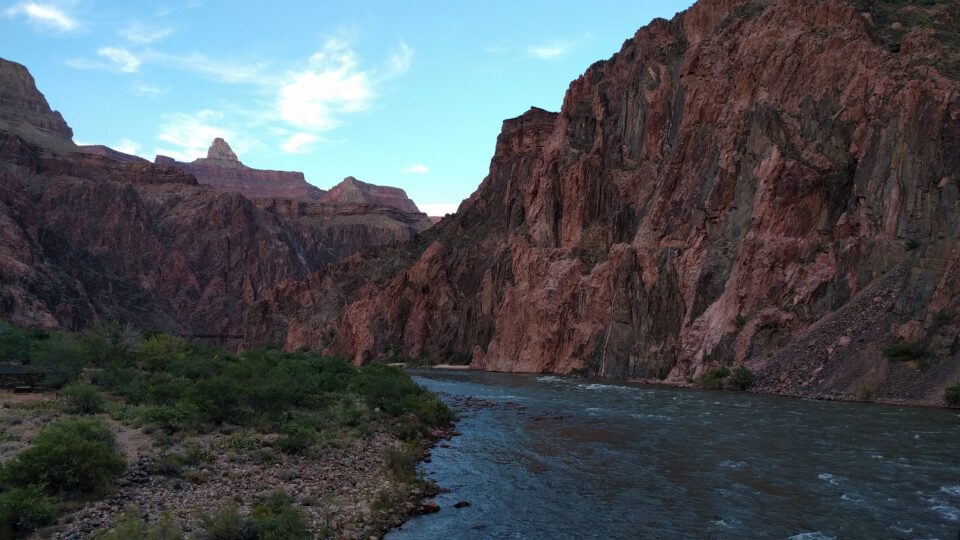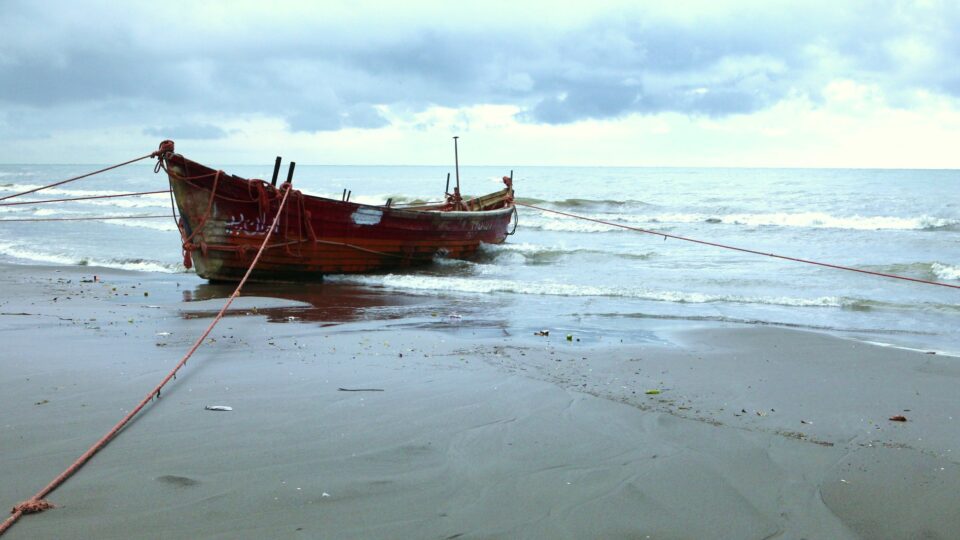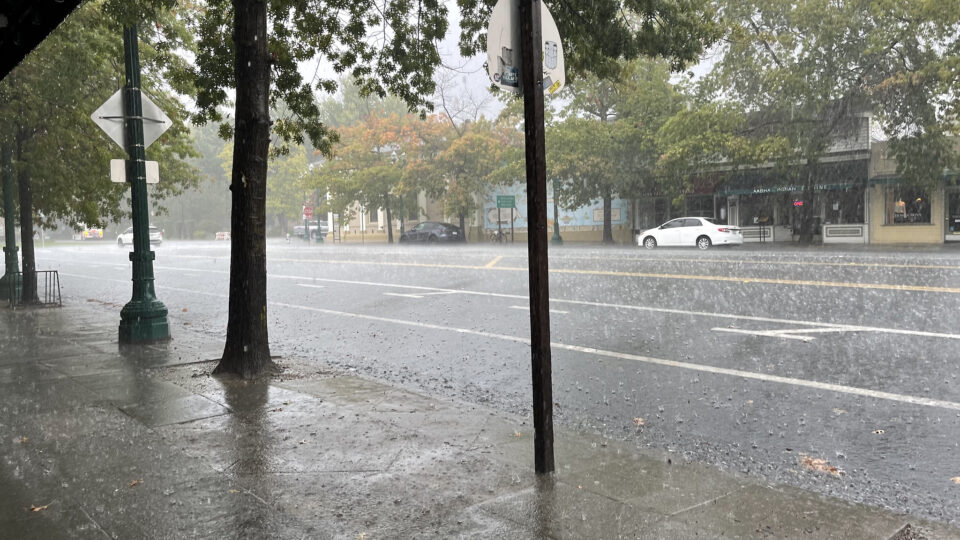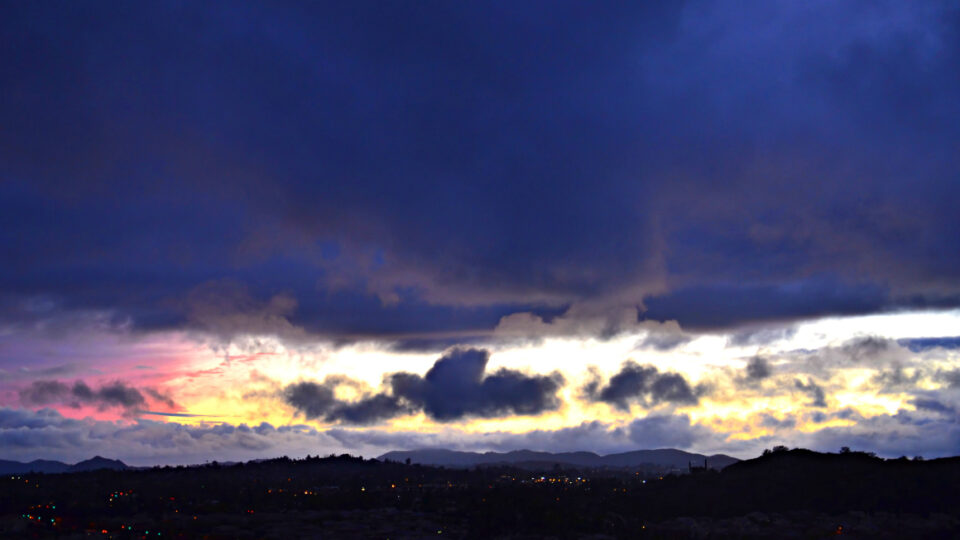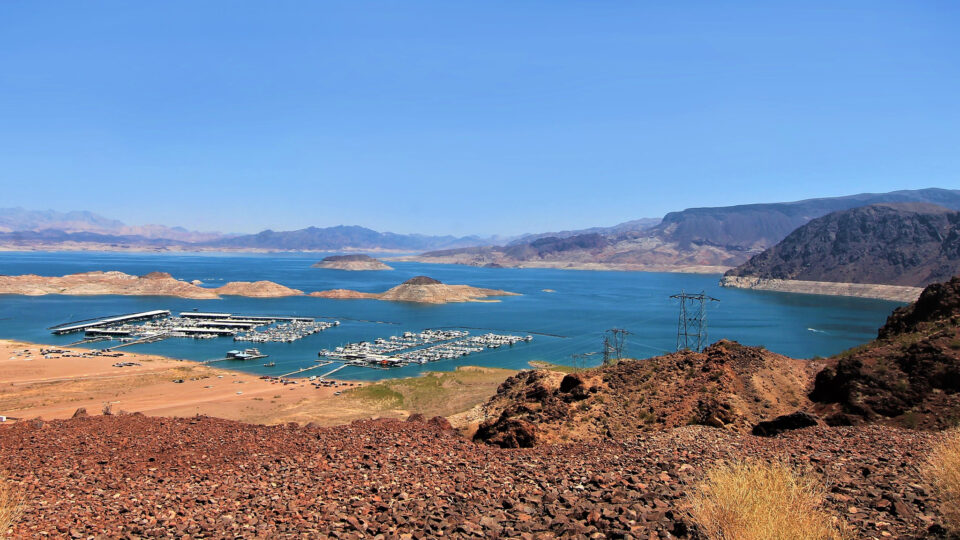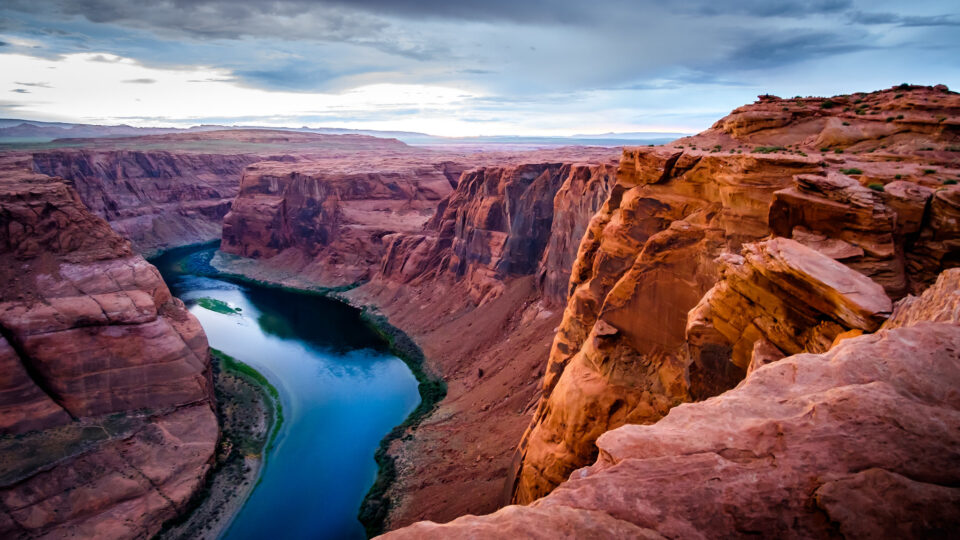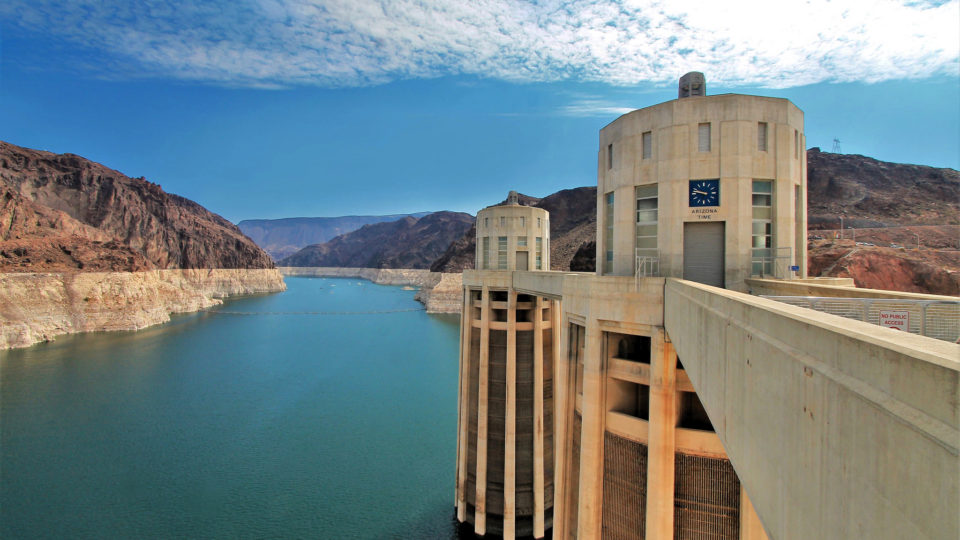A study by the University of Colorado Boulder has found that more than half of the world’s largest lakes have shrunk over the last three decades. This is a very big problem because about one-quarter of the Earth’s population lives in the basin of a drying lake. People depend on lakes for drinking water and irrigation and lakes are central to the survival of local ecosystems as well as migrating birds. Lakes cover only about 3% of the planet, but they hold nearly 90% of the liquid surface freshwater.
The study used satellite observations from 1992 to 2020 to estimate the area and water levels of nearly 2,000 freshwater bodies. These account for 96% of Earth’s total natural lake storage and 83% of that in man-made reservoirs. About 53% of the world’s lakes have clearly shrunk, while only 22% have gained water. The study estimates that about 160 trillion gallons of water has been lost over the 28-year period. That’s about 17 times the maximum capacity of Lake Mead, the largest reservoir in the United States.
Many of the world’s most significant lakes have been shrinking. The dramatic declines in Lake Mead have been headline news for years. The Caspian Sea, which is the world’s largest inland body of water – has long been declining.
The main causes of the decline in natural lakes are climate change and human consumption. Reservoirs face an additional major problem of sediment buildup which reduces their storage capacity and diminishes their benefits of water supply, flood control, and hydropower.
Lake loss is a big problem.
**********
Web Links
More than half of the world’s largest lakes are drying up
Photo, posted April 10, 2018, courtesy of Ninara via Flickr.
Earth Wise is a production of WAMC Northeast Public Radio
